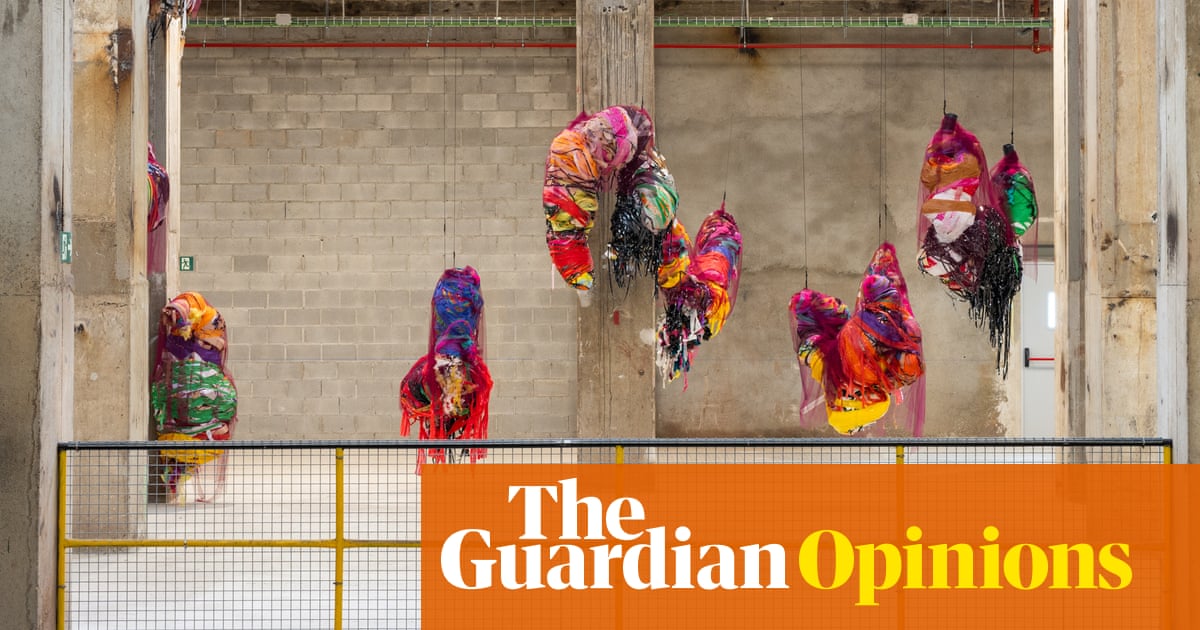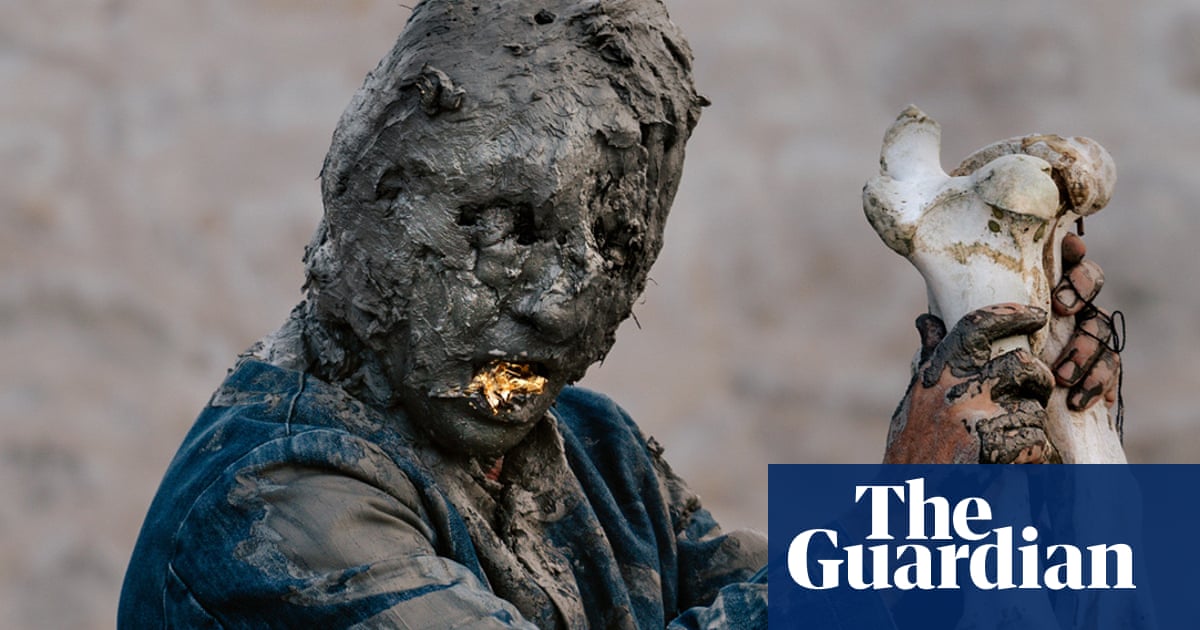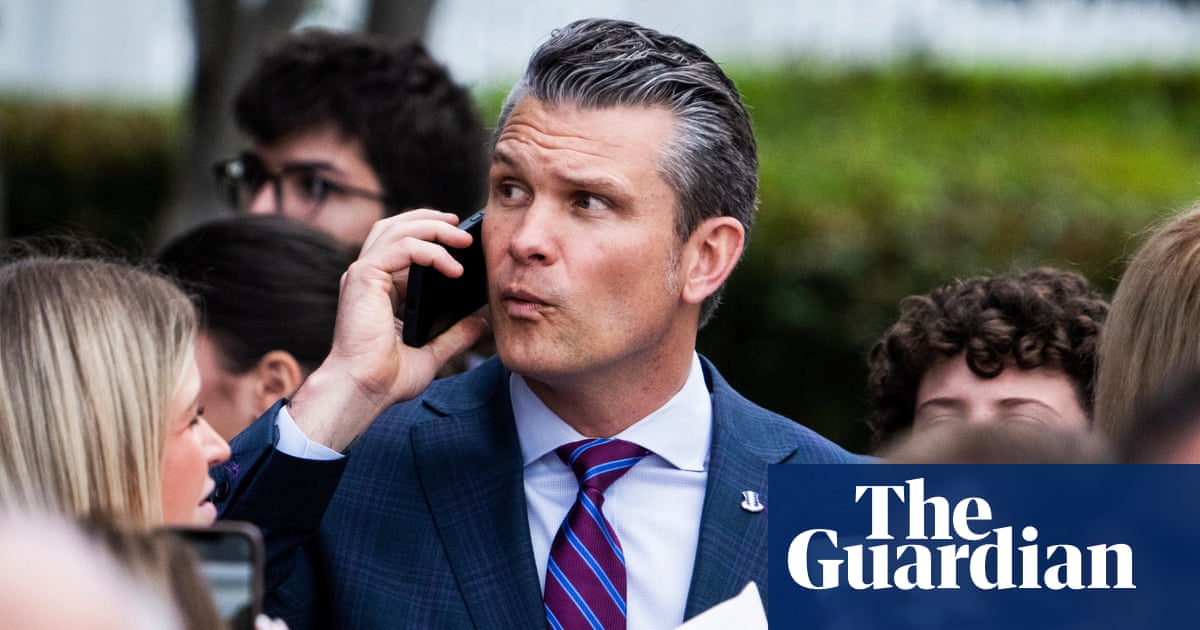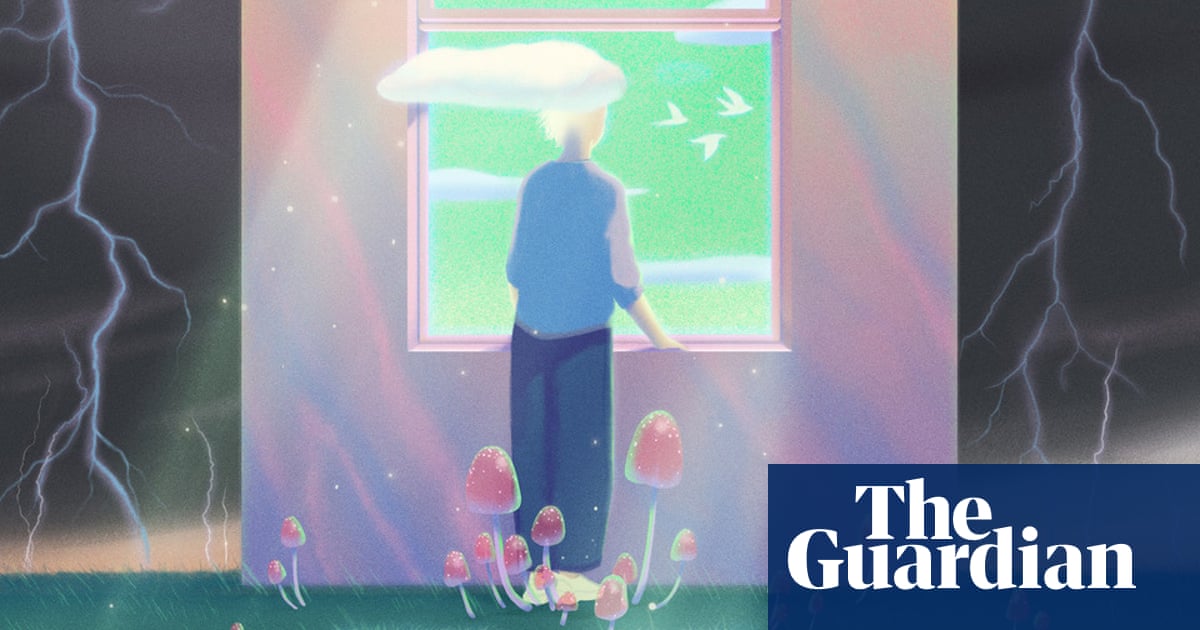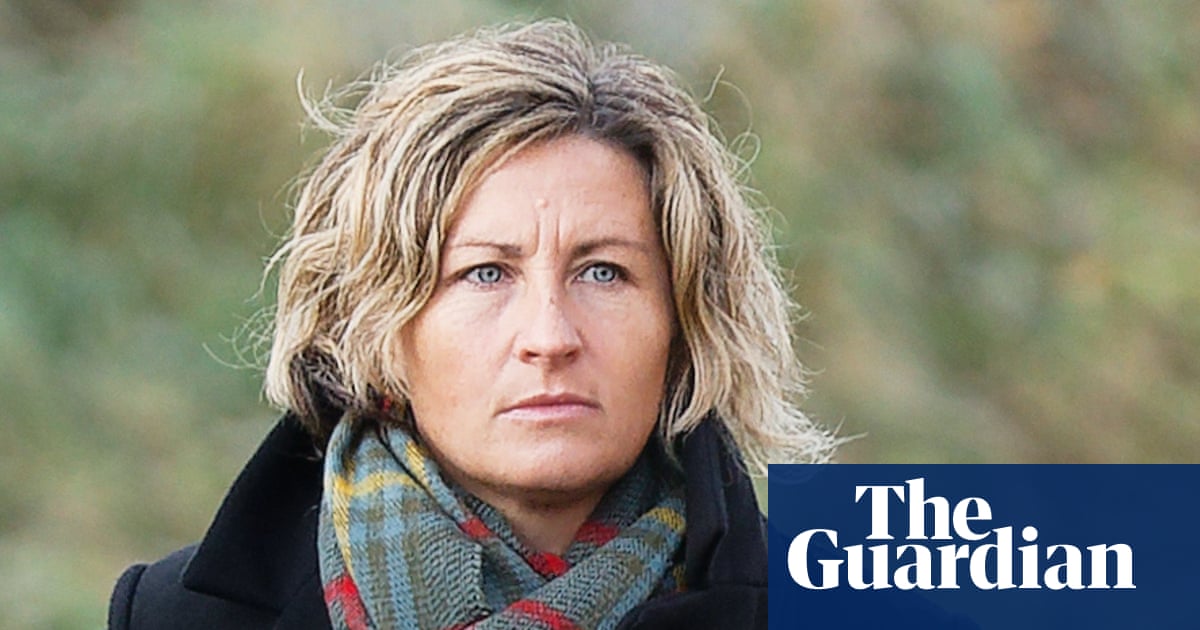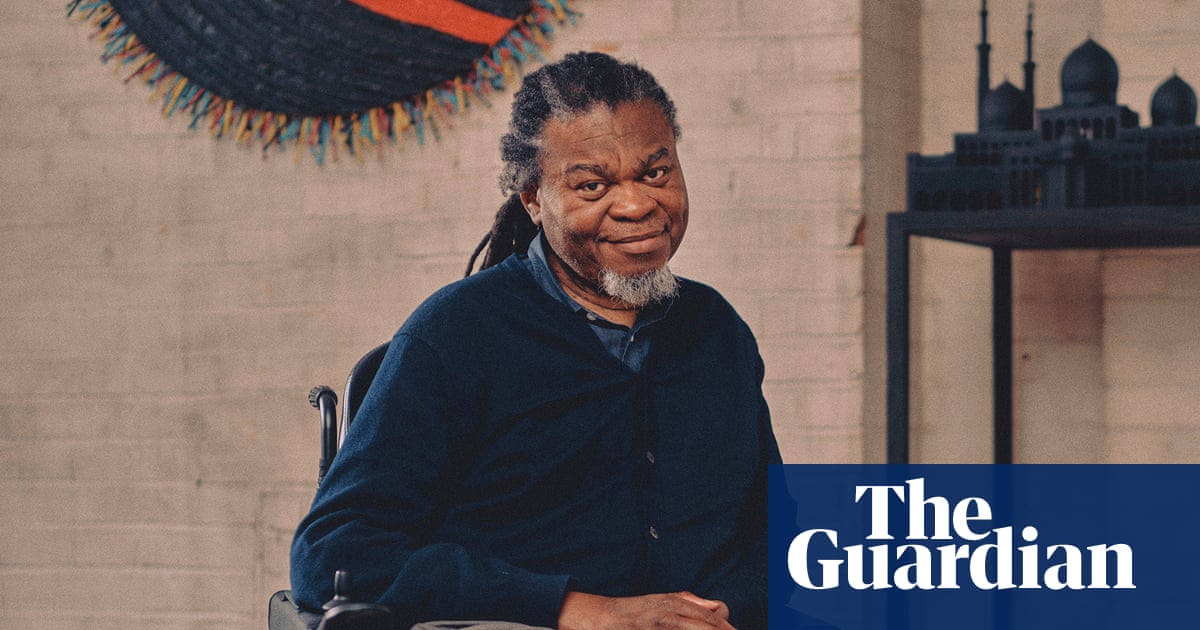It was while touring Mississippi in an old RV that John Ingall and his wife, Jane, first spotted the plant that would change their lives: the hardshell gourd, a plump, squash-like fruit with a thick, woody skin. After that, they saw them almost everywhere they went: carved gourds in porches, hanging gourds, gourds reimagined as lanterns and bird boxes. “I developed an interest,” Ingall says.
Ingall, 74, worked for 45 years as a farmer, but had never seen fruit turned into art before, nor considered himself in the least bit artistic. “I was so involved with farming, I didn’t have time to be. But I thought, ‘I’ll try it.’”
When he and Jane returned to their farm in Warwickshire, Ingall “planted a few among the tomatoes in a polytunnel”. In no time, the vines had grown to 6ft tall. The polytunnel became filled with large white flowers, which moths pollinated at night. Walking through the tunnel some weeks later, he parted the foliage and was surprised to see some enormous fruit growing.
That was nearly 10 years ago. Each year since, Ingall has collected the seeds for the next sowing, and usually enjoys a crop of about a hundred gourds. “I have had some 4ft long. Some have long thin necks; some are bulbous; some are pear-shaped; some hourglass. You just don’t know what you’re going to get.”
When Ingall came across gourds in the US, he was actually trying to retire. “Which was quite difficult,” he says. “To hand the farm over.” Not so much emotionally, as he had always planned to stop work at 65. But there were two farms to relinquish: Jane’s family farm, which they had run for more than four decades after meeting at agricultural college, and the arable farm in Warwickshire where they had moved when their four children were grown up.
“A lot of farmers don’t retire,” Ingall says. “They just carry on farming. I was very sure I wanted to do something different with my life.”

Ingall grew up in the Kent countryside, and knew from childhood that he wanted to be a farmer. His dad’s elderly cousin had a small farm and, in the school holidays, Ingall helped to pick apples and look after the chickens. His father was a banker, his mother a housewife. “They were very against me going into farming,” he says. “They had lived through the Great Depression, and would have preferred me to have an office job.”
But Ingall was set on the idea: “I had a pretty romantic idea of what it would be like farming and living in the countryside … I loved farming probably because I farmed at a time of relatively little state interference, with a predictable climate.” Even after 45 years, “the romance never left”.
Over that period, Ingall’s establishment evolved gradually through 15 years of intensive dairy farming to less intensive beef farming, then arable farming, organic farming and now, under his son’s supervision, to rewilding.
“I like change in a controlled way,” he says. “I don’t really enjoy surprises. I like things to progress steadily.”
Yet his gourds have empowered him to surprise himself. “I do consider myself a gourd artist,” he says – one of only a handful in the UK. “I’d like to introduce gourd art to more people here. It’s a form with great potential.”

His gourds are the ultimate transformers. “When they are drying out in winter, all the pulp from inside evaporates through the skin,” he says. “They look mouldy. People see them and think they’re rotting. In spring, you scrape all that off – and you are left with the gourd shell.”
Ingall started by making lanterns, and now incorporates stained glass into the shells. He also creates what are known as thunder gourds: “Fix a drum skin to it, and when you shake it, it makes a sound like thunder. People come to our open studio, see a gourd hanging and don’t know what it is. Then I shake it – and jaws drop.”
As well as selling gourds through his personal studio, Ingall markets them at art fairs, donating profits to fight the climate crisis. “It’s very fulfilling. Gourds are an entirely sustainable canvas for many types of art, and every gourd is different,” he says. “I enjoy growing them and I enjoy surprising people with them … It’s amazing what you can do with gourds.”

.png) 2 months ago
26
2 months ago
26



